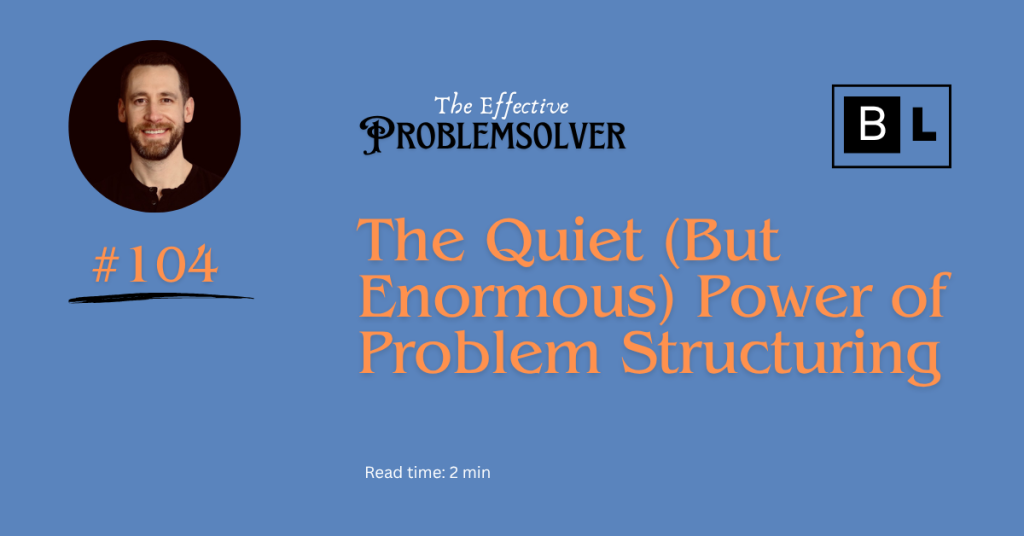A few years back, I worked on a grant focused on youth employment.
The funder wanted to increase access to internships for students in our region—something that aligned well with our mission to improve job experiences and future opportunities for low-income youth.
We were thrilled when we got the award.
Right after the good news, our team gathered to plan:
- Deliverables? An internship training program, a report on how internships affect youth outcomes, and an event with employers, trainers, and interns.
- Timeline? Mapped out.
- Roles? Assigned.
We executed the plan. The training happened. The report was written.
The event was a success. On paper, we nailed it.
But here’s the hard truth: two years later, nothing had really changed.
Program vs. System Distinction
Yes, 15 more students participated in internships—a real and meaningful experience for each of them. But the bigger issue—the one the funder really cared about—was how to get many more students into internships. Think: going from 5% of high schoolers with internships to 15%. Thousands of students.
Instead, we ran a nice, tidy program. A program we were already pretty good at running.
This is a trap I see all the time in foundations, government, and nonprofit work. There’s a bold aspiration, but when it comes time to execute, we default to what’s comfortable: running a program for 15 kids instead of figuring out how to reach 1,500.
Some people call this the program vs. system distinction.
And that’s part of it.
But there’s something deeper I want to highlight—something that could’ve changed our focus before we ever made that to-do list:
Problem structuring.
A Way to Clarify What You’re Actually Trying to Solve
Problem structuring refers to a set of techniques and approaches used to analyze and define complex problems in order to better understand and address them.
It’s a way to clarify what you’re actually trying to solve, identify root causes, explore the broader system, and involve multiple perspectives.
It’s especially valuable for the kinds of messy, persistent challenges we face in social change—what some call “wicked problems.”
If we had paused at the beginning of that grant and asked why so few kids do internships, we might have discovered:
- Schools don’t prioritize or incentivize internships.
- Employers have legal concerns about liability or age requirements.
- Students can’t afford unpaid placements or lack transportation.
- There’s no common infrastructure for matching students and opportunities.
That’s a different landscape than “train a few more kids.”
And it raises bigger, more strategic questions:
- Should we work on policy that makes internships more accessible and supported by schools?
- Could we create a centralized match system or stipend fund?
- Are there low-cost levers to reduce employer barriers at scale?
I often talk about how people jump to solutions too quickly.
But I’m starting to think the more common failure is jumping into deliverables too quickly.
We start executing a project before we’ve fully understood the problem.
Three Questions to Begin Problem Structuring
So before you open a spreadsheet and assign roles, try these three problem structuring questions instead:
- What’s the real problem we’re trying to solve—and why now?
- Who’s affected by this problem, and how would they describe it differently than we would?
- What are the main forces, incentives, or constraints that keep the problem in place?
You might still end up running a training.
But it’ll be part of a bigger, more thoughtful effort—and maybe, just maybe, it’ll move the dial.
See you in two weeks.



